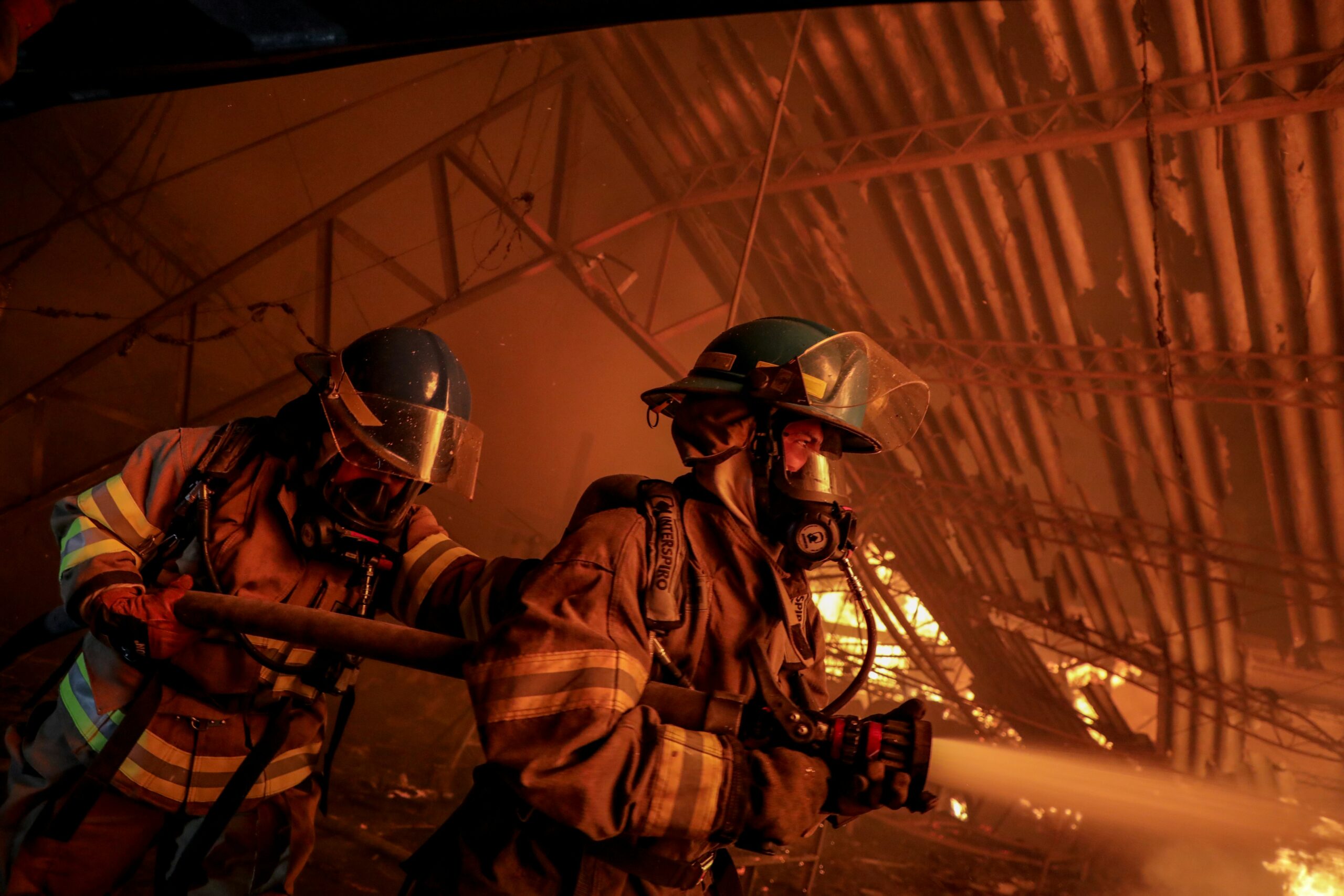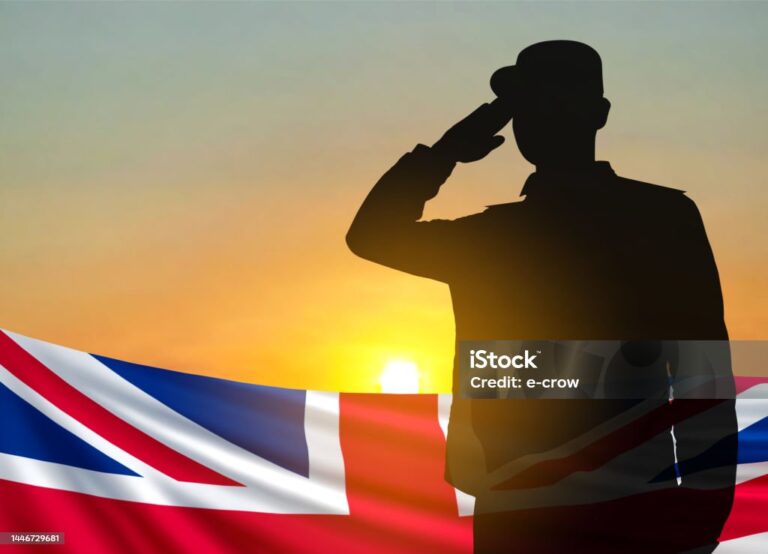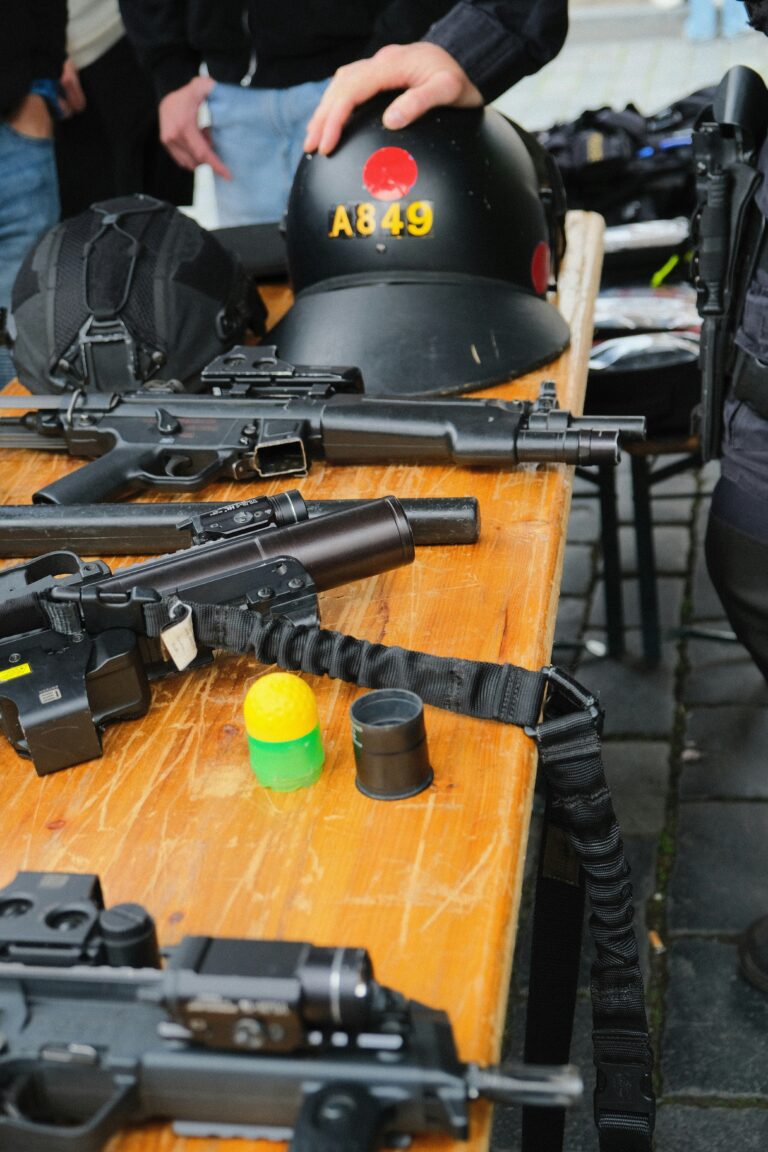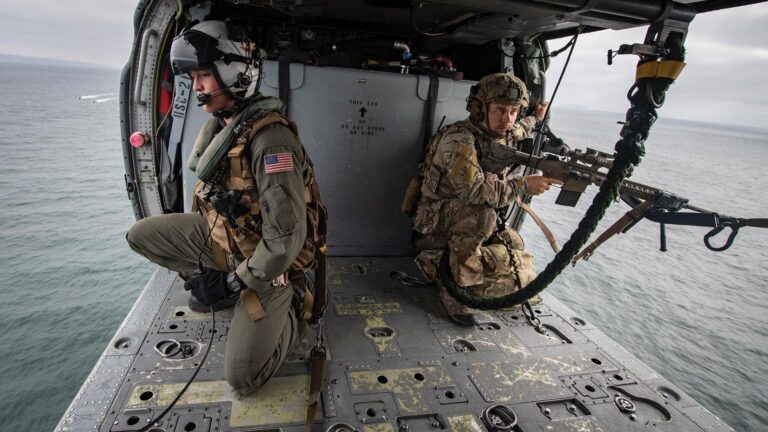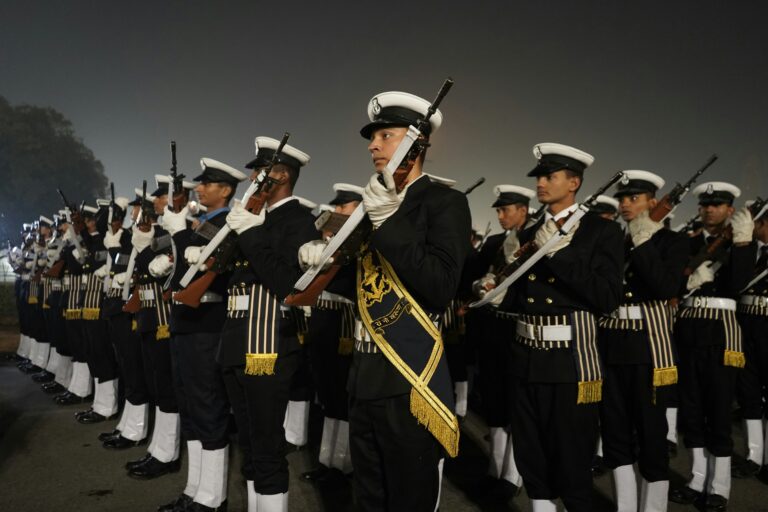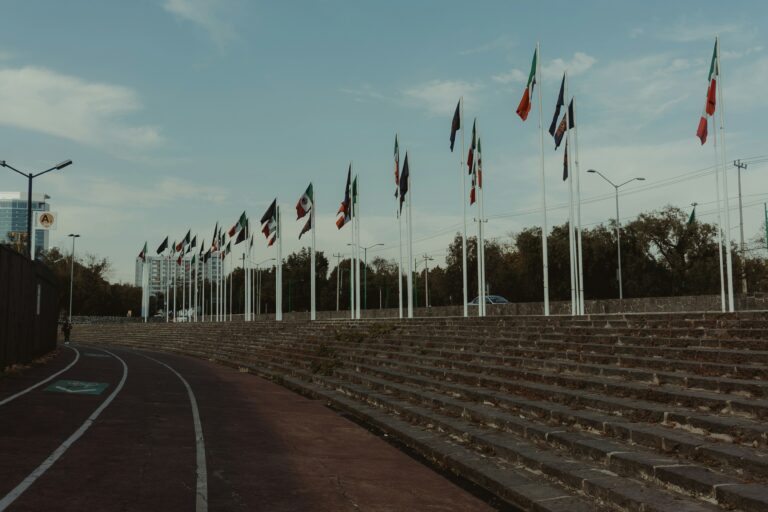RAF Firefighters
Introduction
Fighter jets, transport aircraft, explosives, and fuel — the Royal Air Force operates in one of the most hazardous environments imaginable. But behind the roar of engines and the blur of runways stands a group of highly trained professionals ready to respond to the unthinkable: RAF Firefighters.
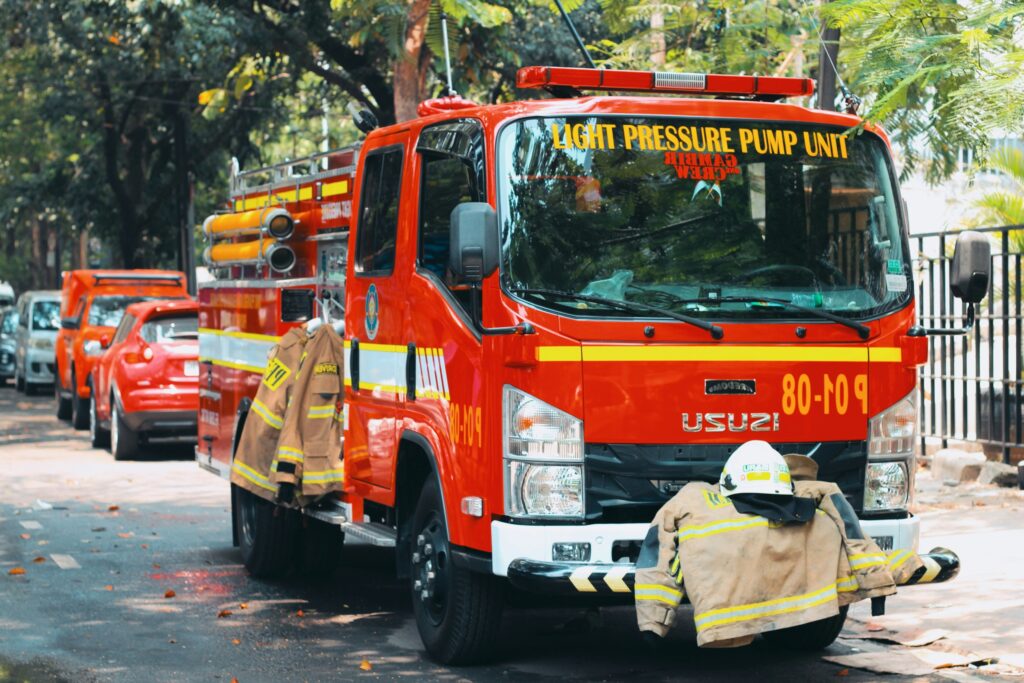
These service personnel are not ordinary firefighters. They are elite emergency responders trained to handle aircraft fires, fuel explosions, CBRN threats, and warzone emergencies. Whether on a British airbase or a desert strip in the Middle East, they ensure the RAF can operate safely and effectively.
Who Are RAF Firefighters?
RAF Firefighters, also known as Aviation Fire and Rescue Specialists, are uniformed members of the Royal Air Force responsible for:
- Rapid response to aircraft crashes and fires
- Handling fuel, chemical, and ordnance hazards
- Rescuing trapped aircrew
- Managing fire safety systems on airfields and military installations
- Supporting deployed air operations in hostile environments
These individuals combine advanced fire science with military readiness, making them a unique breed of first responders.
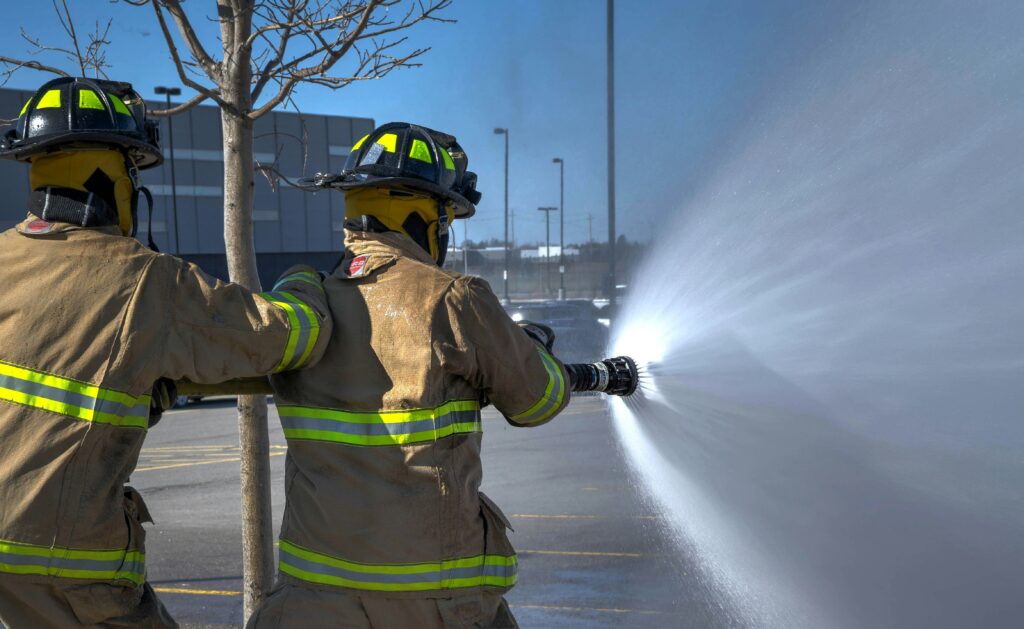
Key Responsibilities
| Duty | Description |
|---|---|
| Aircraft Crash Rescue | Extinguishing fires and rescuing trapped personnel during air accidents |
| Structural Firefighting | Controlling fires in hangars, accommodations, or technical facilities |
| CBRN Response | Managing chemical, biological, radiological, and nuclear threats |
| Fire Safety Inspections | Conducting risk assessments and enforcing fire codes on base |
| Rapid Intervention | Responding to explosions, fuel leaks, munitions fires, or natural disasters |
| Support to Civilian Agencies | Assisting fire services during domestic emergencies (e.g., Grenfell Tower inquiry involved RAF responders) |
Deployment Zones
RAF Firefighters are stationed across the globe:
- UK Air Stations (RAF Brize Norton, RAF Lossiemouth, RAF Coningsby)
- Deployed Bases in Cyprus (RAF Akrotiri), Falklands, and the Middle East
- Joint operations with NATO or UN missions
- Aircraft carrier and maritime aviation support (e.g. with the Royal Navy)
Training and Entry Route
1. Basic Military Training
- 10 weeks at RAF Halton
- Includes fitness, drill, weapons handling, and military law
2. Firefighter Trade Training
- Delivered at the Defence Fire Training Unit (DFTU), RAF Manston
- Approximately 4 months of intensive instruction
Key Topics:
- Aircraft fire behaviour
- Fire suppression systems
- Breathing apparatus use
- Vehicle extrication and rescue
- Hazardous materials (HAZMAT) handling
- Crash site triage and trauma care
- Rapid deployment under combat conditions
Many RAF Firefighters also gain civilian-recognised certifications like:
- Institution of Fire Engineers (IFE) modules
- NVQs in Firefighting Operations
- IAFF certifications
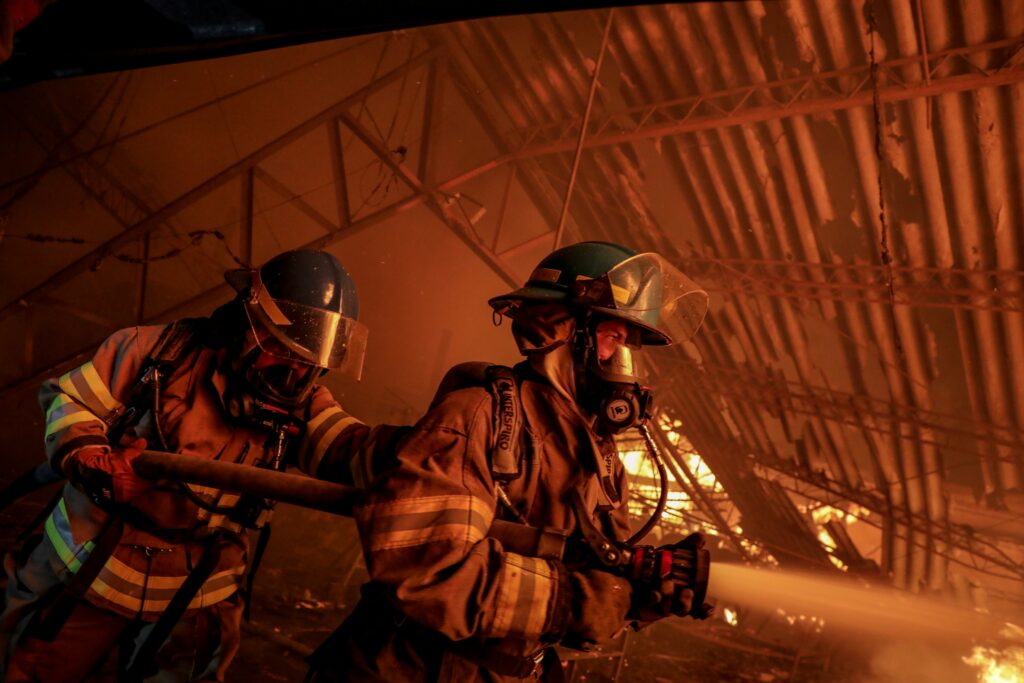
Specialist Equipment
RAF Firefighters use some of the most advanced fire response gear in the world:
- Panther 6×6 Crash Tender Vehicles – powerful crash trucks with foam/water cannons
- Thermal Imaging Cameras (TICs)
- CBRN suits and air filtration masks
- Hydraulic cutting tools
- Compressed Air Foam Systems (CAFS)
- Portable decontamination units
- Aircraft evacuation ladders and tools
The vehicles are designed to reach any point on the airfield within 2 minutes, meeting strict NATO aviation safety standards.
A Day in the Life
Life on base varies, but typical duties include:
- Maintenance and inspection of gear, hoses, and vehicles
- Live fire exercises in simulated crash zones
- CBRN drills and medical casualty handling
- Fire prevention rounds across hangars and fuel points
- Standby alert during active flight operations
- Supporting aircrew emergency training
During deployed operations, they may face extreme heat, rough terrain, limited resources, and real combat threats.
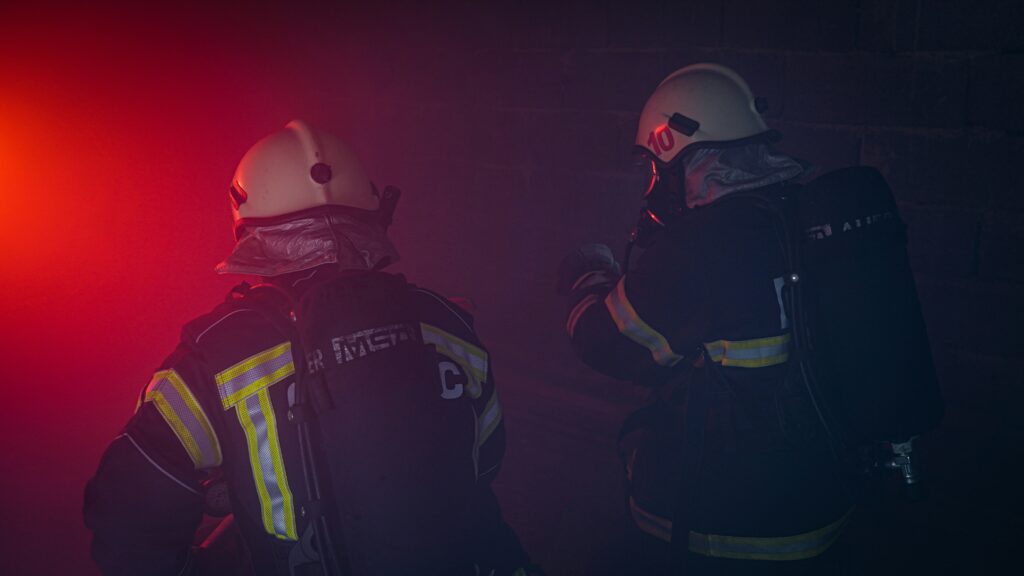
Career Progression
| Rank | Role |
|---|---|
| Airman / Leading Aircraftman (LAC) | Junior firefighter, operates under supervision |
| Corporal | Team leader, responsible for shift-level command |
| Sergeant | Watch commander, oversees entire fire section |
| Flight Sergeant / Warrant Officer | Senior fire manager at major installations |
| Officer (Fire Officer) | Strategic oversight of airfield and fire risk policy |
Promotions come with responsibility for fire safety policy, HAZMAT coordination, training, and command during large-scale emergencies.
Collaboration with Civil Agencies
RAF Firefighters frequently train and work with:
- UK Fire & Rescue Services
- Airport fire departments (e.g. Heathrow, Manchester)
- Emergency medical teams (EMT)
- Police, Explosive Ordnance Disposal (EOD), and HAZMAT teams
This cross-training ensures interoperability during:
- Plane crash responses
- Public emergency scenarios
- CBRN threats or terrorism incidents
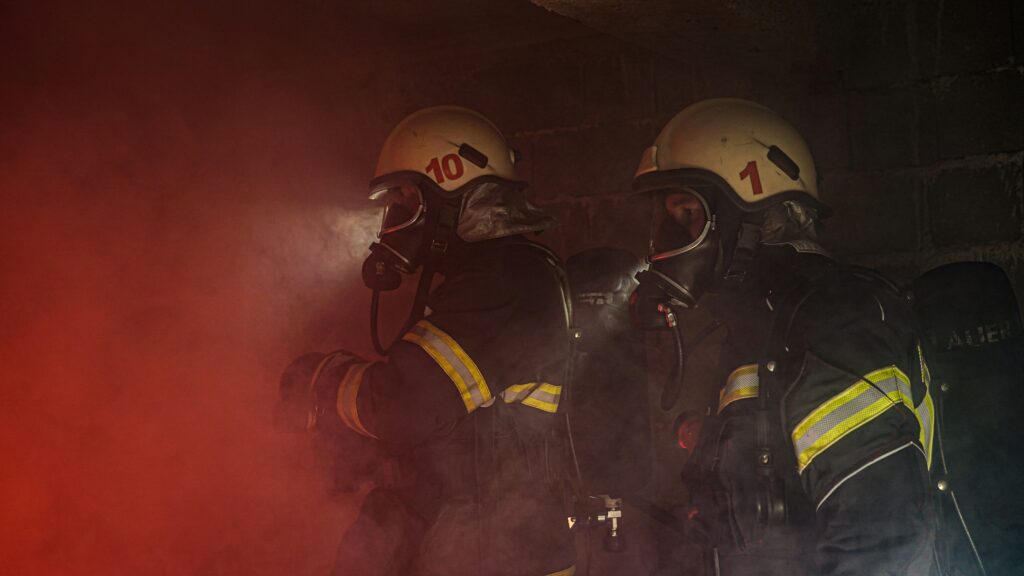
Pay and Benefits
- Starting salary: £21,000–£25,000 (after training)
- Rank progression leads to £35,000–£60,000+
- Free accommodation or subsidised housing
- Funded education and certifications
- Free medical and dental
- Worldwide travel and deployment
- Pension, leave, and family support schemes
- Potential for bonuses during operational tours
Civilian Career Opportunities
RAF Firefighters are in high demand in the civilian world:
- Airport Fire and Rescue Services
- Civil Defence and Emergency Planning
- Industrial firefighting (oil, chemical plants)
- Local Fire Brigades
- Fire consultancy and HAZMAT training
- Emergency Response Management for large public events
RAF training is often considered superior to standard civilian fire academies, giving veterans an edge.
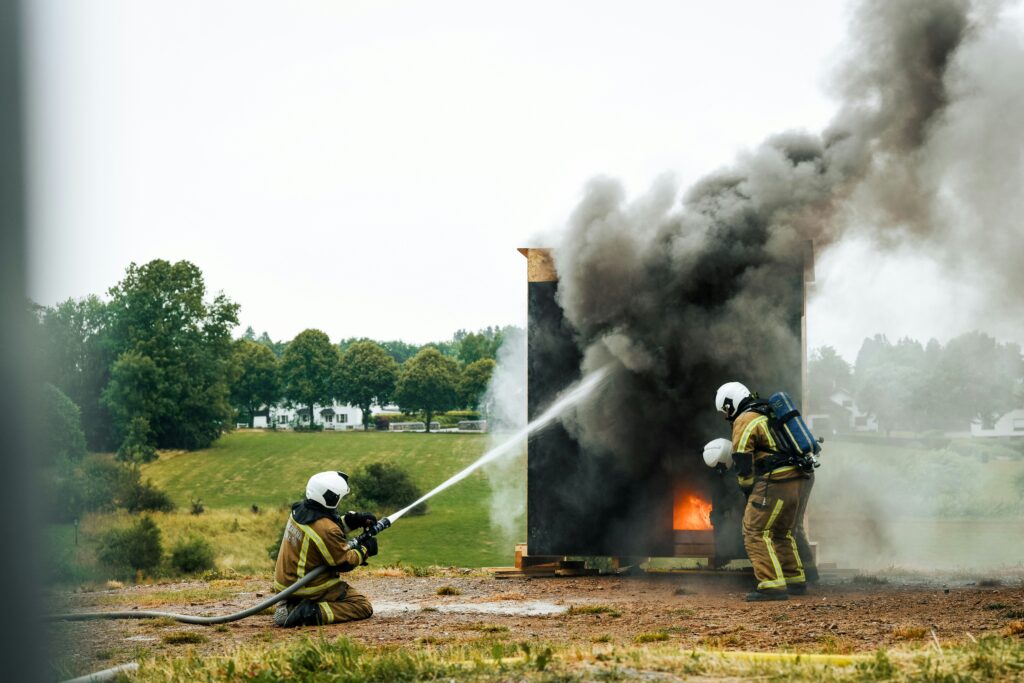
Real-Life Examples
- 2011 Afghanistan airstrip explosion: RAF Firefighters extinguished a major blaze that threatened munitions stockpiles
- 2022 Typhoon emergency landing: Fire crews helped evacuate the pilot during a brake fire incident at RAF Coningsby
- Support during COVID-19: RAF Fire Services assisted in logistics and response support across the NHS
- Firefighting training missions in California: Joint ops with US Air Force in wildfire-prone bases
Conclusion
RAF Firefighters are more than emergency responders — they are guardians of airpower, ensuring that RAF operations are conducted safely, whether in the UK or on foreign soil.
Balancing extreme risk with expert skill, they embody courage, calm, and professionalism. For those seeking a career that combines adrenaline, purpose, and military service, becoming an RAF Firefighter offers a front-row seat to the action — and the means to control it.
